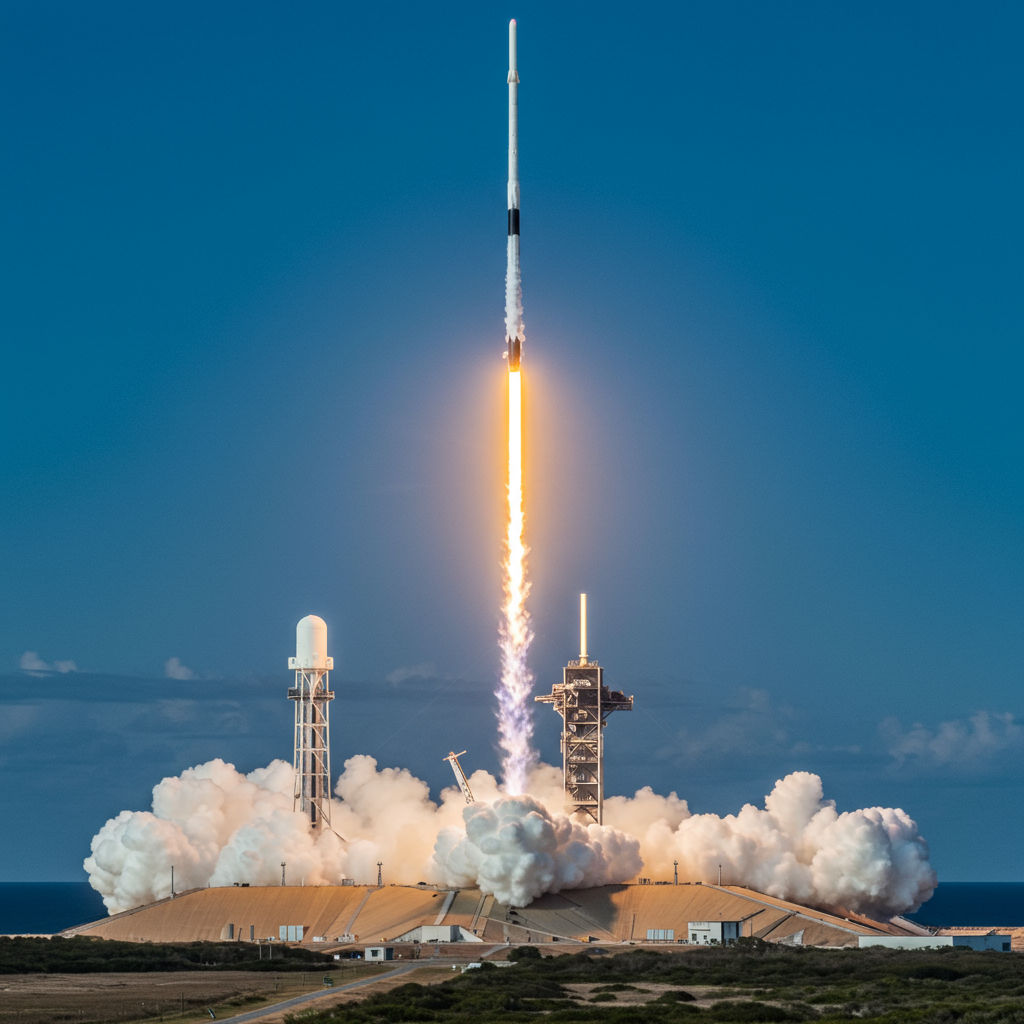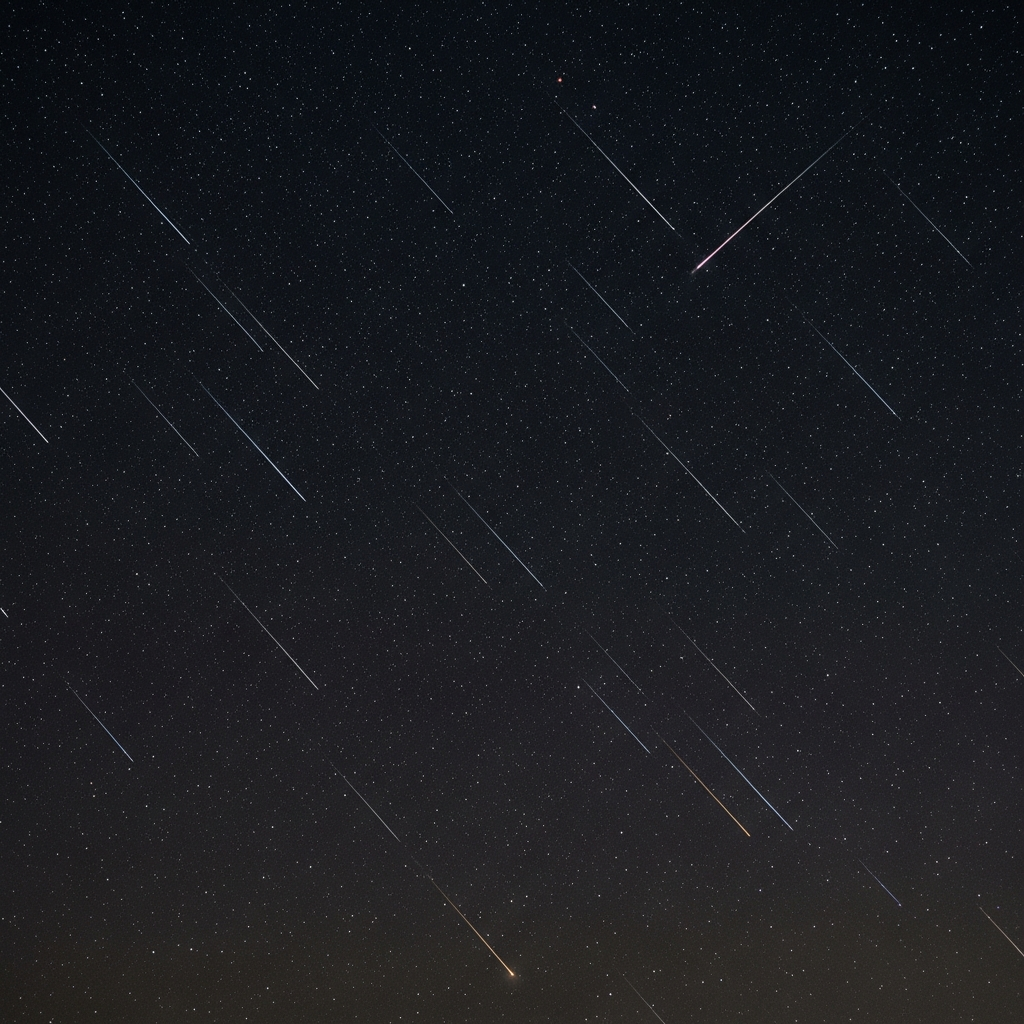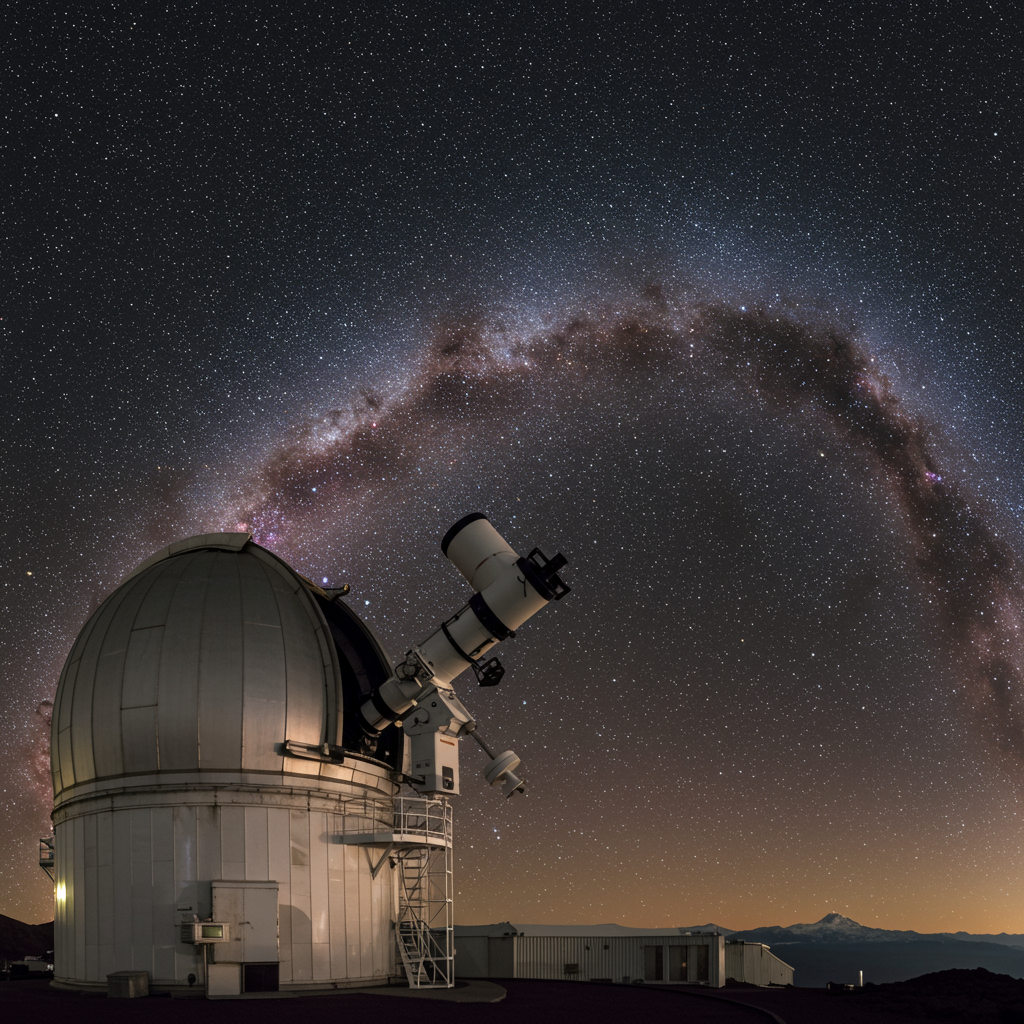Get ready for an action-packed start to the month! SpaceX is planning back-to-back rocket launches from Florida’s space Coast on July 1st and 2nd. This rare “doubleheader” event highlights the rapid operational pace at Cape Canaveral and Kennedy Space Center. Spectators and space enthusiasts can anticipate two distinct missions lifting off just hours apart.
These upcoming launches showcase SpaceX’s capability to manage multiple complex operations simultaneously. It’s a testament to their increasing launch cadence, a key part of their strategy to expand satellite constellations and provide launch services for global partners. The pair of missions includes a crucial weather and air quality monitoring satellite for European agencies and a new batch of Starlink internet satellites.
Back-to-Back Missions on the Space Coast
Florida’s Space Coast is set for a busy start to July with two separate SpaceX Falcon 9 rockets scheduled for launch. This doubleheader sequence kicks off late on July 1st and continues into the early hours of July 2nd. Such rapid turnaround between orbital missions from different pads is a significant operational feat. SpaceX previously set a company record in March 2023, launching two Falcon 9 rockets from different coasts within just over four hours. This upcoming Florida doubleheader demonstrates their continued drive for efficiency and frequency in space access.
The two missions originate from different launch complexes, showcasing the infrastructure supporting frequent launches in the region. Each rocket carries a critical payload serving distinct purposes, one focused on scientific observation for international partners and the other expanding SpaceX’s own satellite network. These launches are pivotal as SpaceX aims for a projected target of up to 170 Falcon launches by the end of 2025, further cementing their role as a dominant force in the global launch market.
Mission 1: Monitoring Earth’s Atmosphere
The first rocket is scheduled to launch on July 1st. The launch window opens at 5:03 p.m. EDT and extends until 8:15 p.m. EDT. Liftoff is planned from historic Pad 39A at NASA’s Kennedy Space Center.
This mission is known as MTG-S1. It carries the Meteosat Third Generation-Sounder 1 satellite. This advanced satellite is a collaborative effort between the European Space Agency (ESA) and EUMETSAT. The satellite is the second in a series designed to significantly improve weather forecasting and environmental monitoring. It is headed for geostationary transfer orbit, eventually reaching a geostationary position high above Earth.
The MTG-S1 Satellite’s Instruments
The MTG-S1 satellite, also referred to as Meteosat-13, is equipped with sophisticated instruments. It weighs approximately 3,800 kilograms. A primary instrument is Europe’s first geostationary infrared sounder. This sounder uses interferometric techniques. It collects detailed data on atmospheric humidity, temperature, wind, and various gases.
This information is vital for creating 3D maps of the atmosphere. These maps are crucial for improving weather prediction models. The focus is on Europe and northern Africa, enabling better forecasting of extreme weather events.
Also onboard is the Copernicus Sentinel-4 mission spectrometer. This instrument specifically monitors air quality and pollution. It captures data over Europe and northern Africa every 60 minutes. Sentinel-4 complements other missions like Sentinel-5 and Sentinel-5P, which operate from a polar orbit. The ESA highlights that Sentinel-4 will contribute to a growing global network of geostationary air quality sensors. It will work alongside South Korea’s Gems sensor covering Asia and NASA’s Tempo sensor observing North America. This collaborative network provides a more comprehensive view of global air pollution trends from geostationary orbit.
Following its journey into space, the Falcon 9 first stage booster supporting the MTG-S1 mission is expected to land on a SpaceX drone ship positioned in the Atlantic Ocean. This mission marks the 83rd flight of a Falcon 9 rocket in 2025.
Mission 2: Expanding Global Internet
Just hours after the first launch, the Space Coast will host the second mission. This Starlink deployment is scheduled for no earlier than 1:29 a.m. EDT on July 2nd. The launch will take place from Launch Complex 40 (SLC-40) at Cape Canaveral Space Force Station.
This mission is designated Starlink 12-25. It will carry the latest batch of Starlink internet satellites into low-Earth orbit. Reports indicate it will deploy 27 Starlink v2 Mini satellites. These satellites are key to expanding SpaceX’s broadband internet constellation. The constellation aims to provide internet access globally, especially in underserved areas.
Starlink Launch Details
After lifting off from SLC-40, the Falcon 9 rocket will follow a northeast trajectory. This path takes it out over the Atlantic Ocean. The first stage booster for this mission is also planned for recovery. It will attempt a landing on a SpaceX drone ship located off the East Coast.
Because the booster is landing offshore, residents along the Space Coast should not expect to hear a sonic boom typically associated with a terrestrial landing zone return. The exact launch time for this mission may be subject to change. Weather conditions at both the launch site and the booster recovery zone play a crucial role in the final timing. This mission represents the 82nd Falcon 9 launch of 2025. Notably, it also marks the 500th overall mission for the versatile Falcon rocket family since its debut in 2010.
These two launches signal a rapid start to July for SpaceX operations in Florida. They underscore the increasing frequency of launches from the Space Coast. Both missions are significant in their own right. The MTG-S1 contributes to essential Earth science and weather prediction. The Starlink mission continues to build out a global internet infrastructure. Space enthusiasts in Florida and online can look forward to watching these events unfold.
Frequently Asked Questions
What is the purpose of the MTG-S1 satellite launching on July 1st?
The MTG-S1 satellite is a critical mission for European weather and air quality monitoring. Launched for ESA and EUMETSAT, it carries advanced instruments like an infrared sounder and a Sentinel-4 spectrometer. Its goal is to collect detailed atmospheric data, create 3D atmospheric maps, and provide hourly updates on air pollution. This information will significantly improve weather forecasts, particularly for Europe and northern Africa, and contribute to a global environmental monitoring network from geostationary orbit.
Where exactly in Florida are these two SpaceX launches taking place?
The two SpaceX launches are scheduled from different locations on Florida’s Space Coast. The first launch, the MTG-S1 mission on July 1st, will lift off from Launch Complex 39A (LC-39A) at NASA’s Kennedy Space Center. The second launch, the Starlink 12-25 mission planned for the early hours of July 2nd, will launch from Space Launch Complex 40 (SLC-40) at Cape Canaveral Space Force Station, located just south of KSC.
How can I watch or get updates on these upcoming SpaceX Florida launches?
SpaceX typically provides live coverage of its launches online via its website and social media channels. Local media outlets, such as Florida Today’s Space Team (FloridaToday.com/Space), often provide detailed coverage, including live updates starting well before liftoff. Checking official SpaceX and media sources closer to the launch dates is the best way to get the most current information on timing and viewing opportunities.




